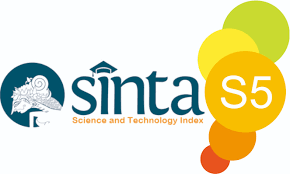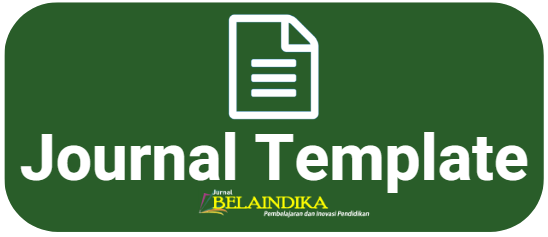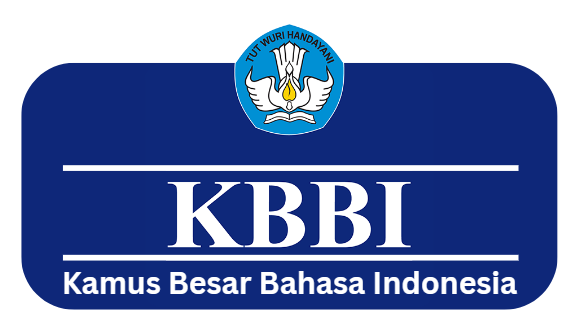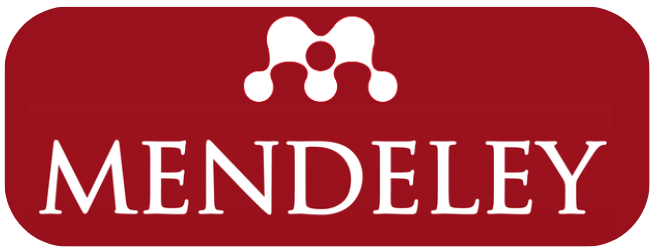Penerapan Model Guided Inquiry Learning dalam Pembelajaran IPA: Respon Guru dan Siswa
Abstract
The learning process in the classroom can take place effectively if there is interaction between teachers and students. The interaction can be in the form of a response given by the teacher to student questions or vice versa. This study aims to determine the response of teachers and students after applying the Guided Inquiry Learning (GIL) model in science learning. The method used in this study is descriptive qualitative, namely describing the responses of teachers and students based on the answers to the questionnaire. The subjects in this study were students from class VII at one of the State MTs in Sleman Regency for the 2020/2021 academic year. Data were collected using a questionnaire to see the responses of students and teachers, as well as an interview format to see the teacher's response to learning. Based on the answers to the questionnaire, it can be seen that teachers and students gave positive responses to the application of the GIL model in science learning seen from the average score of teacher responses obtained through the questionnaire which was categorized as very interesting, the average score of student activity in each meeting and the average score of student responses obtained through The categorized questionnaire is very interesting.
References
M. S. Hanafy, “Konsep belajar dan pembelajaran,” Lentera Pendidik. J. Ilmu Tarb. dan Kegur., vol. 17, no. 1, pp. 66–79, 2014.
S. Maesaroh, “Peranan metode pembelajaran terhadap minat dan prestasi belajar pendidikan agama Islam,” J. kependidikan, vol. 1, no. 1, pp. 150–168, 2013.
M. Bali, N. Hidayah, and S. M. AL, “Strategi Pembelajaran Pendidikan Agama Islam,” Probolinggo: Pustaka Nurja, 2018.
M. M. Chusni and A. Hasanah, “Pengaruh kemampuan pengelolaan laboratorium dan literasi sainfik terhadap kesiapan calon guru fisika,” Berk. Ilm. Pendidik. Fis., vol. 6, no. 3, p. 325, 2018.
H. N. Saputra, “Analisis Respon Guru dan Siswa Terhadap Penerapan Model Siklus Belajar Hipotesis Deduktif Dalam Pembelajaran Kimia,” Pedagog. J. Pendidik., vol. 6, no. 2, pp. 278–299, 2019.
B. E. Thorn et al., “Personality factors in the explanation of sex differences in pain catastrophizing and response to experimental pain,” Clin. J. Pain, vol. 20, no. 5, pp. 275–282, 2004.
Kemendikbud, Kompetensi Mata Pelajaran Ilmu Pengetahuan Alam Sekolah Menengah Pertrama (SMP)/Madrasah Tsanawiyah (MTs). Jakarta: Kementerian Pendidikan dan Kebudayaan, 2013.
C.-J. Liu, I.-L. Hou, H.-L. Chiu, and D. F. Treagust, “An exploration of secondary students’ mental states when learning about acids and bases,” Res. Sci. Educ., vol. 44, no. 1, pp. 133–154, 2014.
S. McNeil, “Visualizing mental models: understanding cognitive change to support teaching and learning of multimedia design and development,” Educ. Technol. Res. Dev., vol. 63, no. 1, pp. 73–96, 2015.
S. A. Gallagher, B. T. Sher, W. J. Stepien, and D. Workman, “Implementing problem‐based learning in science classrooms,” Sch. Sci. Math., vol. 95, no. 3, pp. 136–146, 1995.
M. Ibrahim, Pembelajaran Berdasarkan Masalah. Surabaya: University Press. Surabaya: University Press, 2005.
I. Bilgin, E. Şenocak, and M. Sözbilir, “The effects of problem-based learning instruction on university students’ performance of conceptual and quantitative problems in gas concepts,” Eurasia J. Math. Sci. Technol. Educ., vol. 5, no. 2, pp. 153–164, 2009.
M. M. Chusni, S. Saputro, Suranto, and S. B. Rahardjo, “Students Critical Thinking Skills Through Discovery-Based Learning Model Using E-Learning Madrasah on Environmental Change Subject Matter,” Eur. J. Educ. Res., vol. 10, no. 3, pp. 743–751, 2021.
M. M. Chusni, R. Zakwandi, M. R. Aulia, M. F. Nurfauzan, T. A. Alawiyah, and S. Ariandini, “Pelatihan Rancang Bangun Media Pembelajaran Mobile Learning Berbasis Android Untuk Meningkatkan Kompetensi Pedagogik Guru Madrasah,” J. Tarbiyatuna, vol. 8, no. 2, pp. 94–103, 2017.
H. P. Setyosari, Metode penelitian pendidikan & pengembangan. Prenada Media, 2016.
Budiyono, Pengantar Penilaian Hasil Belajar. Surakarta: UNS Press, 2015.
D. Baker and P. C. S. Taylor, “The effect of culture on the learning of science in non‐western countries: The results of an integrated research review,” Int. J. Sci. Educ., vol. 17, no. 6, pp. 695–704, 1995.
J. Corsiglia and G. Snively, “Rejoinder: Infusing Indigenous Science into Western Modern Science for a Sustainable Future.,” Sci. Educ., vol. 85, no. 1, pp. 82–86, 2001.
R. Barnhardt and A. Oscar Kawagley, “Indigenous knowledge systems and Alaska Native ways of knowing,” Anthropol. Educ. Q., vol. 36, no. 1, pp. 8–23, 2005.
E. Suryawati and K. Osman, “Contextual learning: Innovative approach towards the development of students’ scientific attitude and natural science performance,” Eurasia J. Math. Sci. Technol. Educ., vol. 14, no. 1, pp. 61–76, 2017, doi: 10.12973/ejmste/79329.
E. Saito and M. Sato, “Lesson study as an instrument for school reform: A case of Japanese practices,” Manag. Educ., vol. 26, no. 4, pp. 181–186, 2012.
A. O. Akinbobola and F. Afolabi, “Analysis of science process skills in West African senior secondary school certificate physics practical examinations in Nigeria,” Am. J. Sci. Res., vol. 5, no. 4, pp. 234–240, 2010.
Copyright (c) 2022 Jurnal BELAINDIKA (Pembelajaran dan Inovasi Pendidikan)

This work is licensed under a Creative Commons Attribution-ShareAlike 4.0 International License.


_page-0001_-_Copy11.jpg)






